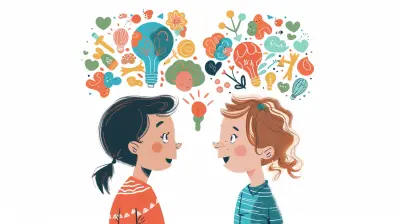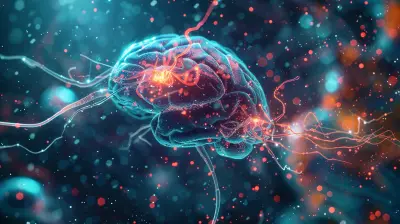The Brain and Art: How Creativity Changes Neural Pathways
11 August 2025
Have you ever finished a painting, doodled in a notebook, or even scribbled on a napkin during a boring meeting—and suddenly felt... lighter? Happier? More energized? That’s not just your imagination. Engaging in creative activities actually re-shapes your brain. Yep, your brain is basically Play-Doh, and creativity is one of the most powerful tools for molding it!
In this brainy-meets-artsy dive, we're unpacking how creativity changes neural pathways. Whether you're a Picasso in the making, a weekend doodler, or someone who can barely draw a stick figure (raising my own hand here), this is for you.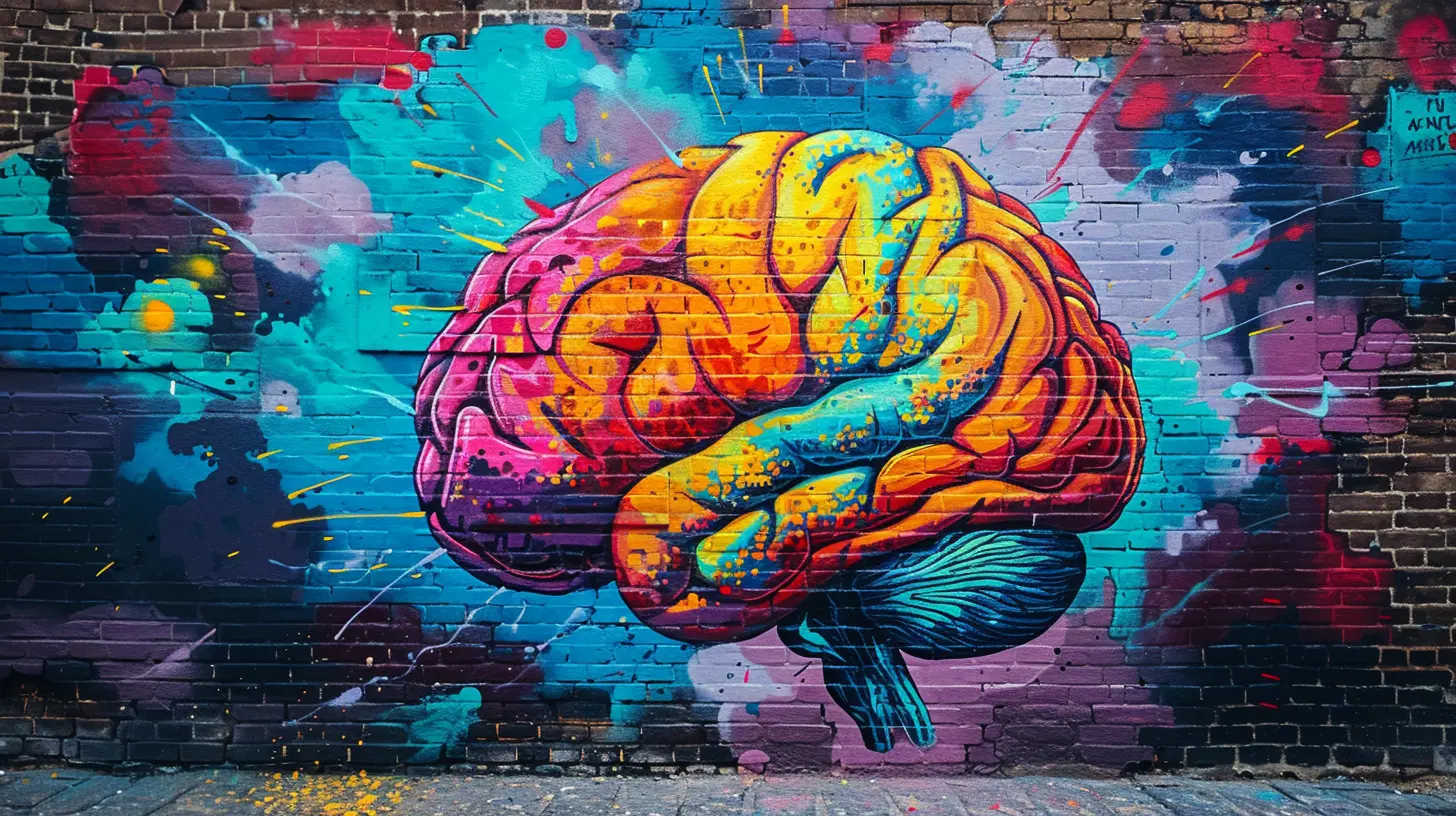
What Are Neural Pathways, Anyway?
Before we talk about how art messes with your gray matter—in a good way!—let’s back up a tiny bit.Neural pathways are like highways in your brain. Imagine little cars full of thoughts, memories, and muscle movements cruising along these roads. The more often a road is used, the smoother and faster the ride becomes. That's how habits form, and how we get good at stuff like riding a bike or remembering our passwords (most of the time).
But here's the kicker: These highways aren’t set in stone. They’re constantly changing—a phenomenon called neuroplasticity. Think of your brain like a city under endless construction. Creativity is the crew that says, "Hey, let's build some new roads here!"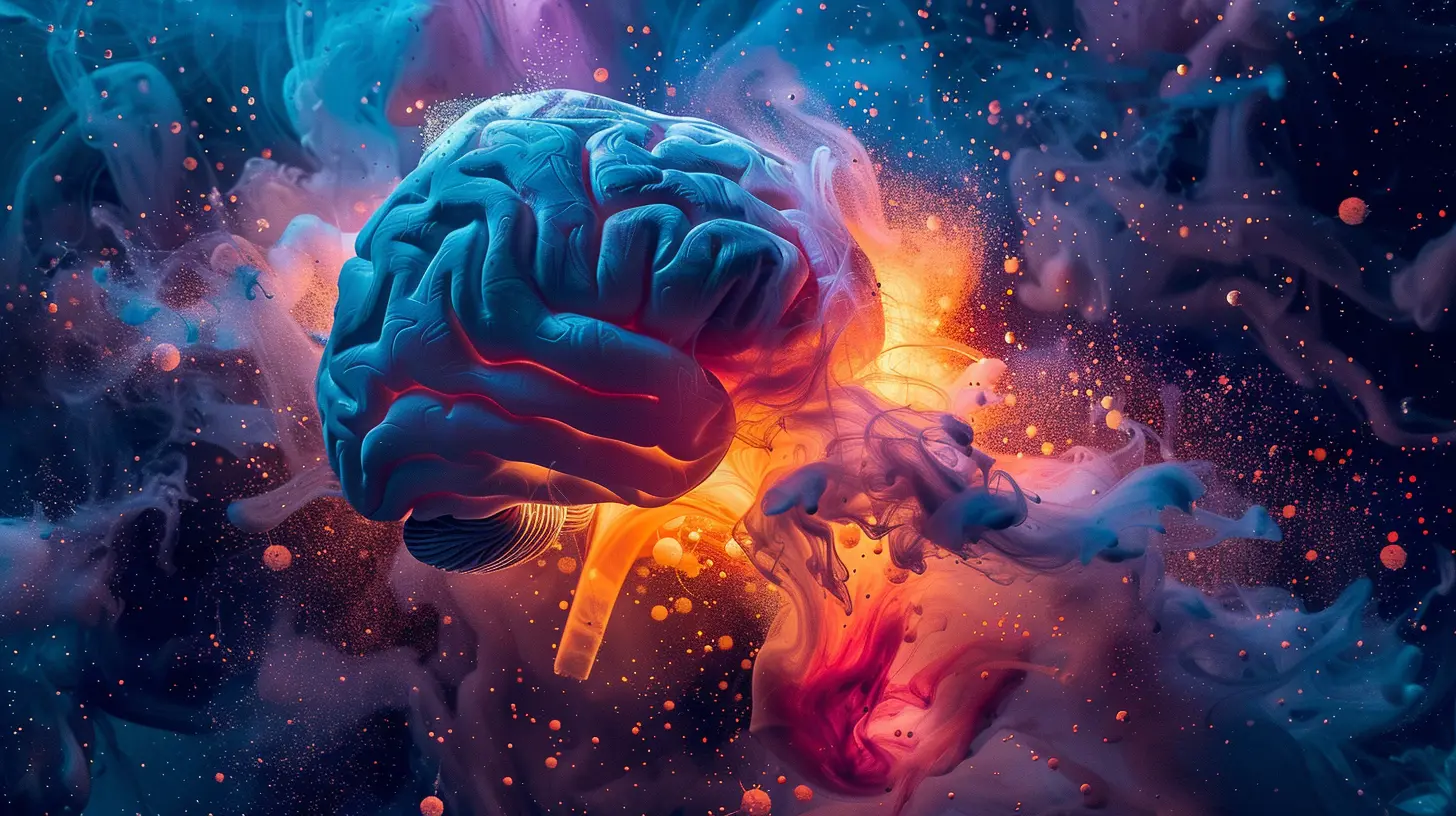
Creativity ≠ Just Painting
Let’s get on the same colorful page: creativity isn’t just about painting or sculpting marble busts of your cat. It’s writing poetry, dancing in your kitchen, composing music, designing clothes, or even arranging a killer cheeseboard (if you know, you know).When you’re being creative, you're engaging different parts of your brain all at once. It’s like throwing a party and inviting logic, emotion, memory, movement, and imagination—all dancing together in your brain's favorite playlist.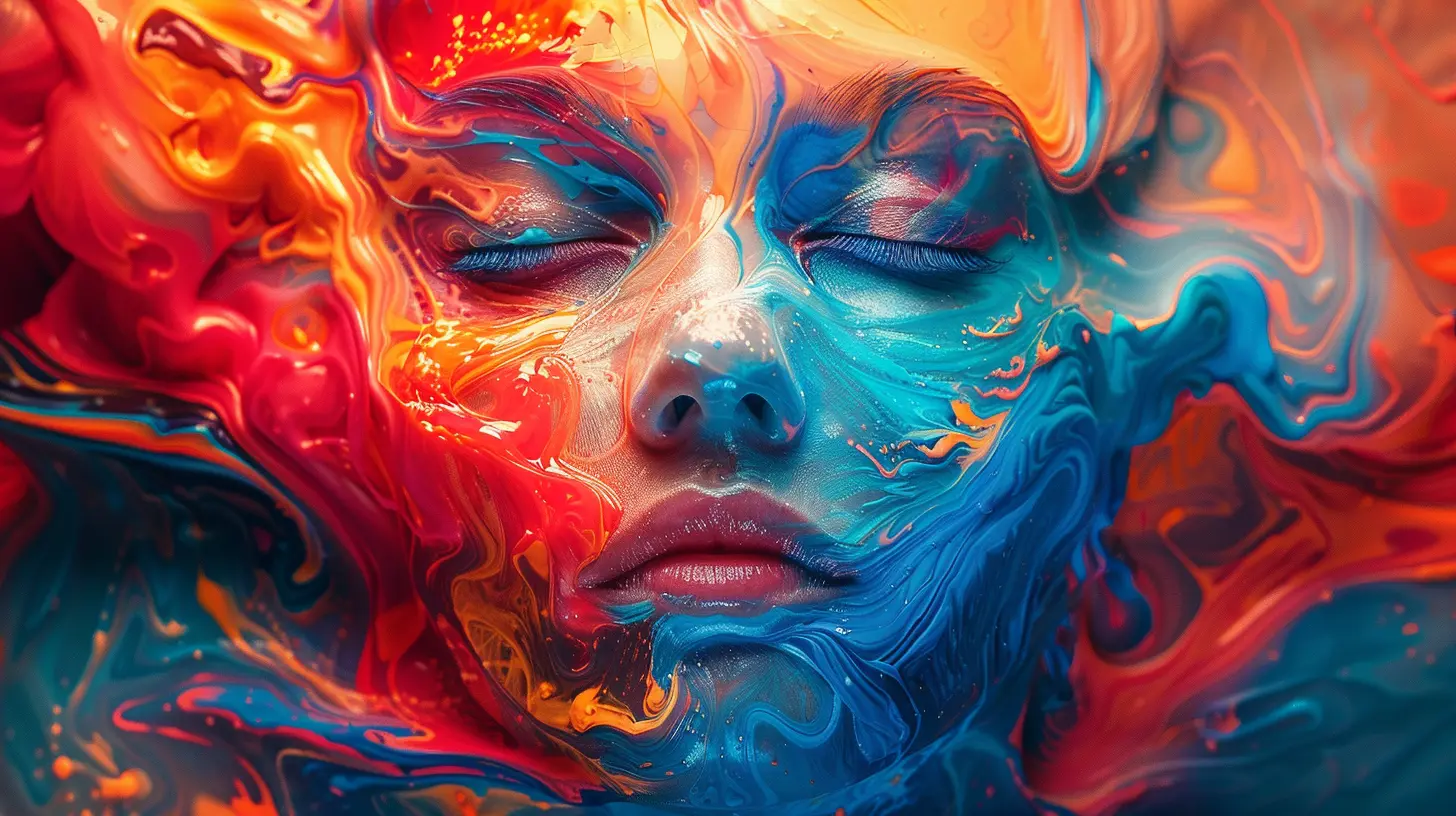
Art and the Brain: The Sciencey Stuff (Made Fun)
Let’s geek out (just a little). When you engage in creative activities, your brain reveals a few key changes:1. The Prefrontal Cortex Gets Lit 🔥
This area is the MVP for decision-making, social behavior, and personality expression. When you're in a creative groove, the prefrontal cortex lights up like a Christmas tree. It helps you take risks, think outside the box, and—get this—temporarily shuts down that annoying inner critic telling you you're not good enough.2. The Default Mode Network (DMN) Comes Out To Play
This is your brain’s daydream center. It gets activated when you're lost in thought or imagining what a pink elephant on rollerblades would look like. When you're being creative, your DMN kicks into gear, helping you connect seemingly unrelated ideas. Boom—creative genius unlocked.3. Dopamine Hits Like a Rush of Joy 🍭
Ever notice how crafting or drawing feels oddly satisfying? That’s dopamine, baby! Creative expression triggers the release of this “feel-good” chemical, which also helps with focus, memory, and motivation. It's basically the brain’s way of throwing you a high-five and saying, "Keep going!"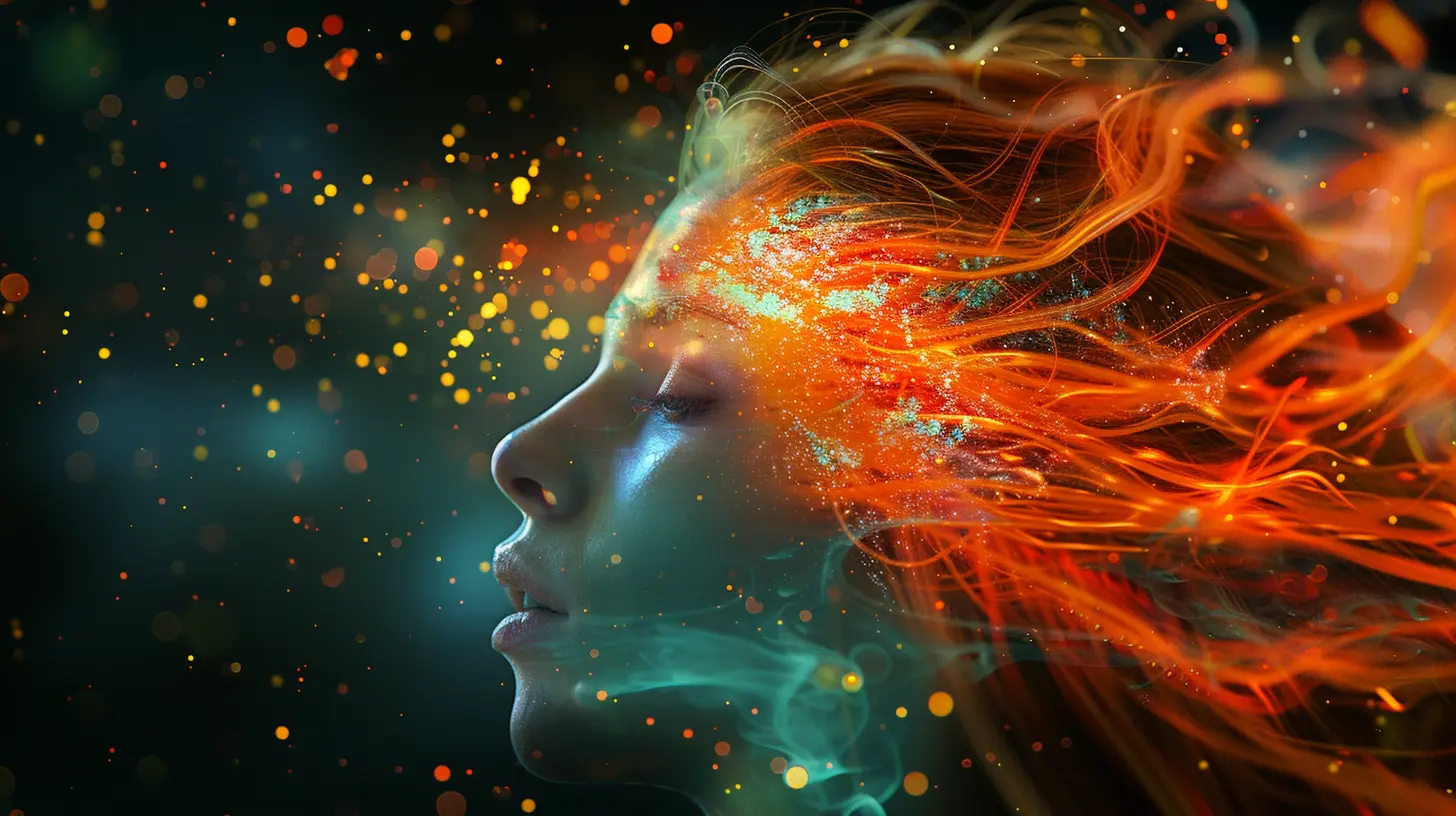
Art Changes the Way We Think
Let’s face it: the world is kinda obsessed with productivity. But creativity lets us slow down and think differently. And that’s where the magic happens.Art Boosts Problem-Solving Skills
When you're creating something new, you're constantly making decisions—even if you don’t realize it. What color should this be? Should this line curve or stay straight? In turn, your brain strengthens its flexible thinking muscles. Translation: You'll be better at solving real-world problems, even the ones involving printer jams and mysterious leftovers in the fridge.Art Encourages Emotional Regulation
Broken heart? Stress overload? Painting or writing in a journal can literally help the brain process emotions more effectively. Creative activities activate the amygdala (emotional hub) and help calm it down. It’s like giving your emotions a gentle hug.Art Enhances Memory and Focus
Believe it or not, engaging in creative processes sharpens your memory. And not just the “where did I put my keys” kind—your working memory improves too, which helps you retain and use info in real time.Neuroplasticity: Shaping the Brain Through Creativity
Neuroplasticity is the rockstar of this story. It refers to your brain’s ability to rewire itself based on experiences, behaviors, and—you guessed it—creativity.Building New Connections
Every time you try something new creatively (like learning the guitar or experimenting with pottery), your brain forms new connections between neurons. Think of it like upgrading from dial-up internet to fiber-optic speed.Strengthening Existing Circuits
Repeating creative tasks—like practicing sketching or composing beats—strengthens existing neural pathways. This makes tasks easier and more intuitive over time. In other words, skills don’t just “stick,” they become part of your brain’s wiring.Breaking Bad Habits
Here’s a fun twist: creative activities can also disrupt unhelpful patterns in the brain. Got a vicious cycle of negative self-talk or procrastination? Engaging in creative tasks gives your brain a healthier alternative to follow.What Happens When You Stop Being Creative?
Spoiler alert: nothing good. When you stop engaging creatively, those beautiful, brain-enhancing benefits slowly fade away. Neural pathways weaken. Mental flexibility shrinks. Stress and anxiety often creep back in. It’s like not watering your plants and wondering why they’re droopy.But don’t worry—creativity can be reignited anytime. Even five minutes of doodling on a coffee cup can start rebuilding those pathways. Your brain’s just waiting for a little spark.
Creativity in Everyday Life (Even If You’re “Not an Artist”)
You don’t need to quit your job and move to Paris to live a creative life (although if you do, send postcards!). Here are some easy ways to add creativity into your daily routine:- Brainstorm with no judgment. Let your ideas flow like a faucet—messy, chaotic, and wonderful.
- Keep a sketchbook or journal handy. Even if it's just stick figures or song lyrics.
- Try a craft you’ve never done. Crochet, origami, or even candle-making.
- Dance like no one’s watching. Because, let’s face it, they probably aren’t.
- Cook without a recipe. Culinary creativity counts!
Art Therapy: Healing Through Creativity
In some cases, creativity isn’t just fun—it’s therapeutic. Art therapy is a real, science-backed way to help people deal with trauma, anxiety, depression, and more. It gives the brain an outlet to process things that might be too overwhelming for words. Think of it like journaling, but with glue sticks and markers.Studies show that even short sessions of art therapy can reduce cortisol levels (the stress hormone), improve mood, and increase self-awareness. And you don’t need to be the next Van Gogh to benefit. It’s not about the result; it’s about the process.
Kids, Creativity, and Brain Development (Hint: Let Them Color Outside the Lines)
Kids are naturally creative—give a toddler a crayon, and they’ll turn your walls into a masterpiece. But did you know that their brains are literally developing differently when they engage in art?Creative play builds motor skills, enhances emotional intelligence, and strengthens the ability to learn. Schools that prioritize creativity see better academic performance and happier students. So yeah, finger painting isn't just messy fun—it’s educational rocket fuel.
Adults Need Creative Time Too!
Somewhere between adulting, paying bills, and Googling how to roast a chicken, many of us lose touch with our creative side. But our brains still crave it. Creativity helps combat the mental burnout that adulthood often brings.Even just 20 minutes a day—yes, that’s less than a sitcom episode—can make a difference. Whether you’re writing a haiku, knitting a scarf, or rearranging your bookshelf by color (guilty), it all adds up.
Final Thoughts: The Brain Loves to Color Outside the Lines
So, what’s the big takeaway here? Creativity isn’t just “nice to have"—it’s essential for a healthy, adaptable brain. It helps you think smarter, feel better, and live more expressively. Every doodle, dance move, or heartfelt haiku is literally changing your brain for the better.And the best part? There’s no right or wrong way to do it. There's no scoreboard. No critics. Just you, your imagination, and your squishy, rewire-able brain.
So go ahead—paint something weird. Write that bad poem. Build a birdhouse with too much glue. Your neurons will thank you.
all images in this post were generated using AI tools
Category:
NeuroscienceAuthor:

Eliana Burton
Discussion
rate this article
1 comments
Knox McDonough
Art transcends mere expression; it reshapes our neural architecture, highlighting the profound interplay between creativity and cognition. Engaging with art not only transforms our minds but also deepens our understanding of the human experience.
September 4, 2025 at 2:43 AM

Eliana Burton
Thank you for your insightful comment! I completely agree—art's transformative power on our brains and understanding of humanity is truly remarkable.

